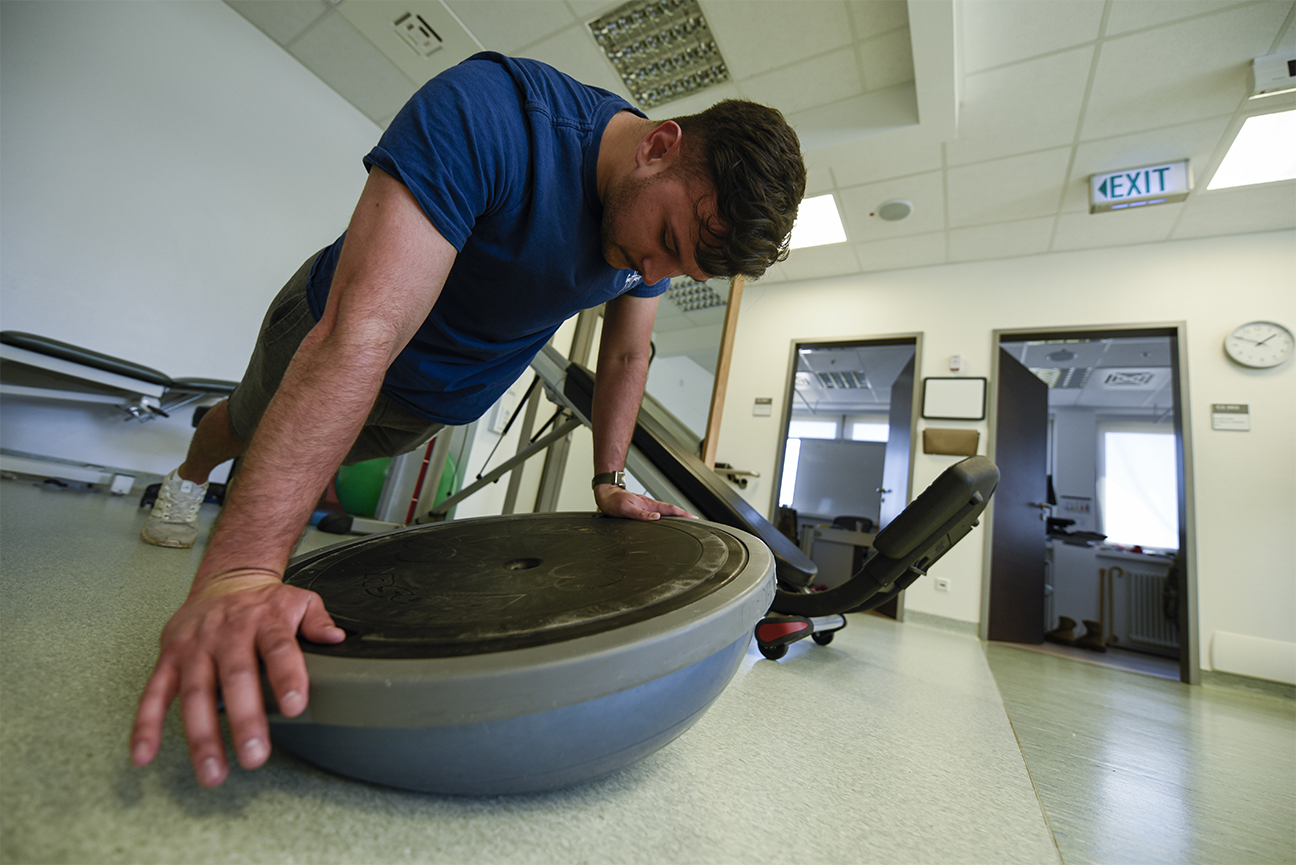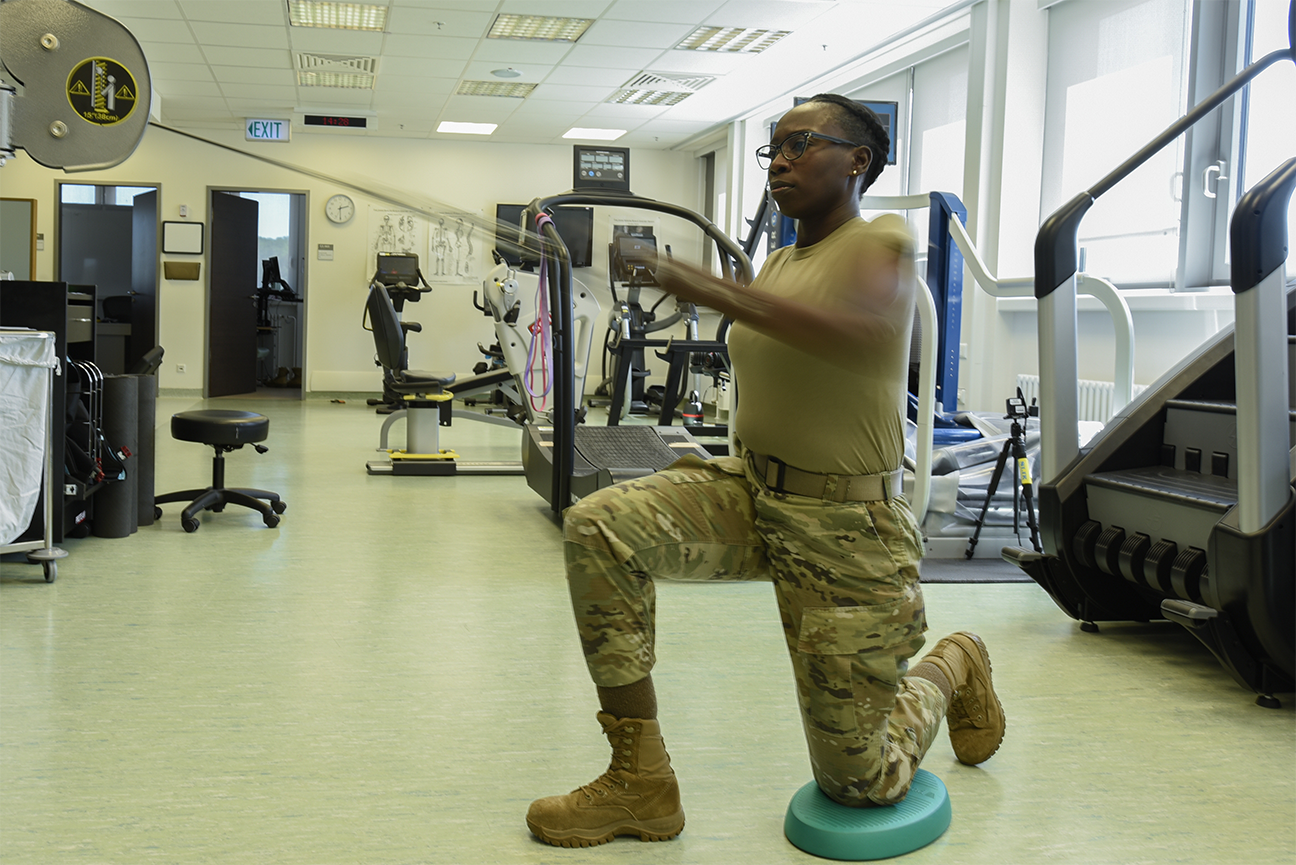WRIGHT-PATTERSON AIR FORCE BASE, Ohio (AFRL) — A new medical profile system aimed at improving communication and overall readiness has been developed by the Air Force Research Laboratory in collaboration with the Air Force Medical Readiness Agency and the Defense Health Agency, and is slated to roll out to military treatment facilities later this summer.
The Airman and Guardian Availability Management (AGAM) system will continue to reside in the Aeromedical Services Information Management System (ASIMS), but will be the new way of generating a profile. ASIMS is a web-based application that provides the Air Force the capability to track medical readiness, including immunization data, through a web portal for all personnel both in fixed or deployed facilities, and for security purposes, must be accessed using a Common Access Card.
AGAM is currently being tested at 14 locations including Wright-Patterson Air Force Base, Fairchild Air Force Base, Joint Base McGuire-Dix-Lakehurst, Travis Air Force Base, Beale Air Force Base, Shaw Air Force Base, Ellsworth Air Force Base, as well as seven Air National Guard and Air Force Reserve units.
Medical profile systems are communication tools that act as a conduit between medical providers, ill or injured service members and their supervisors or commanders. As part of the treatment plan for ill or injured service members, medical providers document recommended limitations and restrictions with the service members as well as with supervisors and commanders for decision making purposes in order to support the healing process.
After assessing the prior system, teams of experts in AFRL, DHA and AFMRA determined that an updated system could not only improve the management of patients and give them more autonomy over their healing processes but also enable better communication with leadership regarding the readiness status of personnel. Additionally, the update could increase medical providers’ occupational and operational awareness as they would better understand the physical requirements of various careers across the Total Force.
“Our hope with this new system is that service members will be more engaged in the profiling process and have more responsibility during recovery. Likewise, commanders will have ready access to information on unit members who are placed on a profile, supporting their ability to determine how service members can contribute to the mission as well as whether or not certain members can deploy,” explained Maj. Lindsay Johnston, chief of the Base Operational Medicine Clinic (BOMC) Development Branch in the United States Air Force School of Aerospace Medicine, part of AFRL’s 711th Human Performance Wing.
AGAM introduces changes to current processes, and provides improved communication between commanders and medical providers. This profile system also has a completely new look with dashboards so service members and commanders will have easier access to information.
“We designed AGAM to provide improved communication between commanders and medical providers, balancing service members’ medical needs during recovery with duty requirements,” explained Johnston. “Additionally, the improved system will empower Airmen and Guardians, allowing them to take an active role in their health. They’ll not only be responsible for updating their recovery progress, but they can also document in AGAM when more care is needed.”
During the development process, the team worked with medical providers in many specialties and built templates for more than 200 diagnoses to give commanders an improved decision-making tool. These templates are standardized based on the most current medical guidance allowing for consistency across the DAF.
For medical providers, AGAM generates all profile information electronically on the Air Force Form 469, which is the official form providers use to communicate recommendations for fitness, duty and mobility restrictions, which optimizes treatment, stabilization and recovery. Johnston stated that protected health information is not visible on the Air Force Form 469.
For service members, the new process will require them to log into their MyIMR and provide status updates at specific intervals prescribed by their providers.
“Service members on medical profiles will get an email from AGAM reminding them to make these updates, which will minimize delays in evaluation and treatment,” Johnston explained. “Commanders will also be able to see updates or if service members are due or overdue to either follow-up with their providers or to certify a condition.”
In addition to being an enhanced communication tool between providers, service members and commanders, Johnston stated that the improved profile data will allow for recognition of trends and focused interventions such as the potential for embedded care teams or changes to equipment within units.
AGAM is currently being tested at 14 locations including Wright-Patterson Air Force Base, Fairchild Air Force Base, Joint Base McGuire-Dix-Lakehurst, Travis Air Force Base, Beale Air Force Base, Shaw Air Force Base, Ellsworth Air Force Base, as well as seven air national guard and air reserve units.
“AGAM is designed to enhance readiness all around,” said Johnston. “We strongly believe this new design will not only be user-friendly, but offer a stronger support team for ill and injured service members.”
About AFRL
The Air Force Research Laboratory (AFRL) is the primary scientific research and development center for the Department of the Air Force. AFRL plays an integral role in leading the discovery, development, and integration of affordable warfighting technologies for our air, space, and cyberspace force. With a workforce of more than 11,500 across nine technology areas and 40 other operations across the globe, AFRL provides a diverse portfolio of science and technology ranging from fundamental to advanced research and technology development. For more information, visit: www.afresearchlab.com.

U.S. Air Force Senior Airman John Cabral, 52nd Security Forces member, performs a physical therapy exercise in the medical clinic at Spangdahlem Air Base, Germany, June 14, 2022. Providing an avenue for Airmen to rehabilitate on base helps 52nd Fighter Wing Airmen to maintain physical readiness to support worldwide Air Force operations. (U.S. Air Force photo by Staff Sgt. Chance Nardone)

U.S. Air Force Staff Sgt. Lashawn Dennis, 52nd Fighter Wing non-commissioned officer in charge of the wing professional development office, performs a physical therapy exercise in the medical clinic at Spangdahlem Air Base, Germany, June 14, 2022. Physical therapy allows Airmen to work through their injuries and provides tools for prevention in the future. (U.S. Air Force photo by Staff Sgt. Chance Nardone)

